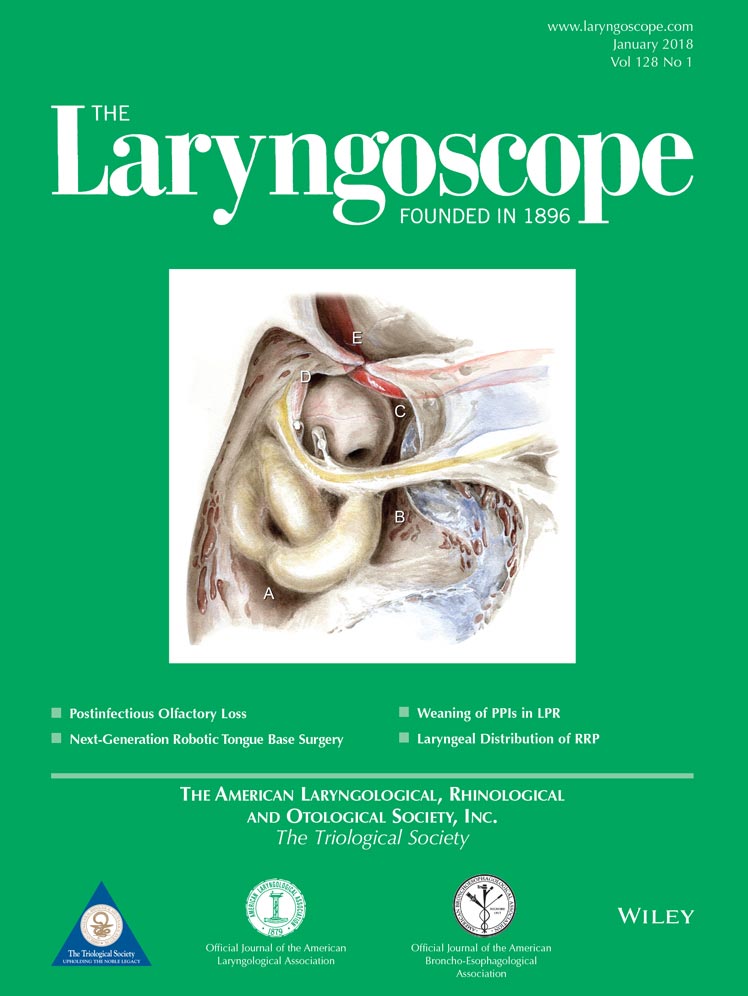Partial inferior turbinectomy in rhinoseptoplasty has no effect in quality-of-life outcomes: A randomized clinical trial
Support was provided by the Hospital de Clínicas de Porto Alegre (HCPA) Research and Events Incentive Fund (FIPE/HCPA) and Coordenação de Aperfeiçoamento de Pessoal de Nível Superior (CAPES). The authors have no other funding, financial relationships, or conflicts of interest to disclose.
Abstract
Objective
Evaluate the impact of endoscopic partial inferior turbinectomy (EPIT) associated with primary rhinoseptoplasty on quality-of-life outcomes (QOL), complications, and surgical duration.
Study Design
Randomized clinical trial.
Methods
Individuals with nasal obstruction aged ≥ 16 years who were candidates for functional and aesthetics primary rhinoseptoplasty were evaluated from March 2014 through May 2015. Eligible participants were randomly allocated to rhinoseptoplasty with or without EPIT (excision of one-third of the inferior turbinates).
Results
Fifty patients were studied. Most were Caucasian and had moderate/severe allergic rhinitis symptoms. Mean age was 36 ( ± 14.5) years. Rhinoseptoplasty was associated with improvement in all QOL scores irrespective of turbinate intervention (P < 0.001). Analysis of covariance was conducted to control for potential confounders. There was no difference between the groups in absolute score changes for Nasal Obstruction Symptom Evaluation-Portuguese (NOSE-p) (−50.5 vs. −47.6; P = 0.723), Rhinoplasty Outcome Evaluation (ROE) (47 vs. 44.8; P = 0.742), and all World Health Organization Quality of Life Scale-Abbreviated (WHOQOL-bref) score domains (P > 0.05). There were no differences between the groups regarding presence of the complications. Surgical duration was higher in the EPIT group (212 minutes ± 7.8 vs. 159.1 ± 5.6; P ? 0.001).
Conclusions
Turbinate reduction through EPIT during primary rhinoseptoplasty did not improve short-term general and specific QOL outcomes. The use of EPIT increases surgical time considerably without improving QOL scores. There was no difference in postoperative incidence of complications, suggesting that EPIT is a safe technique.
Level of Evidence
1b. Laryngoscope, 128:57–63, 2018




